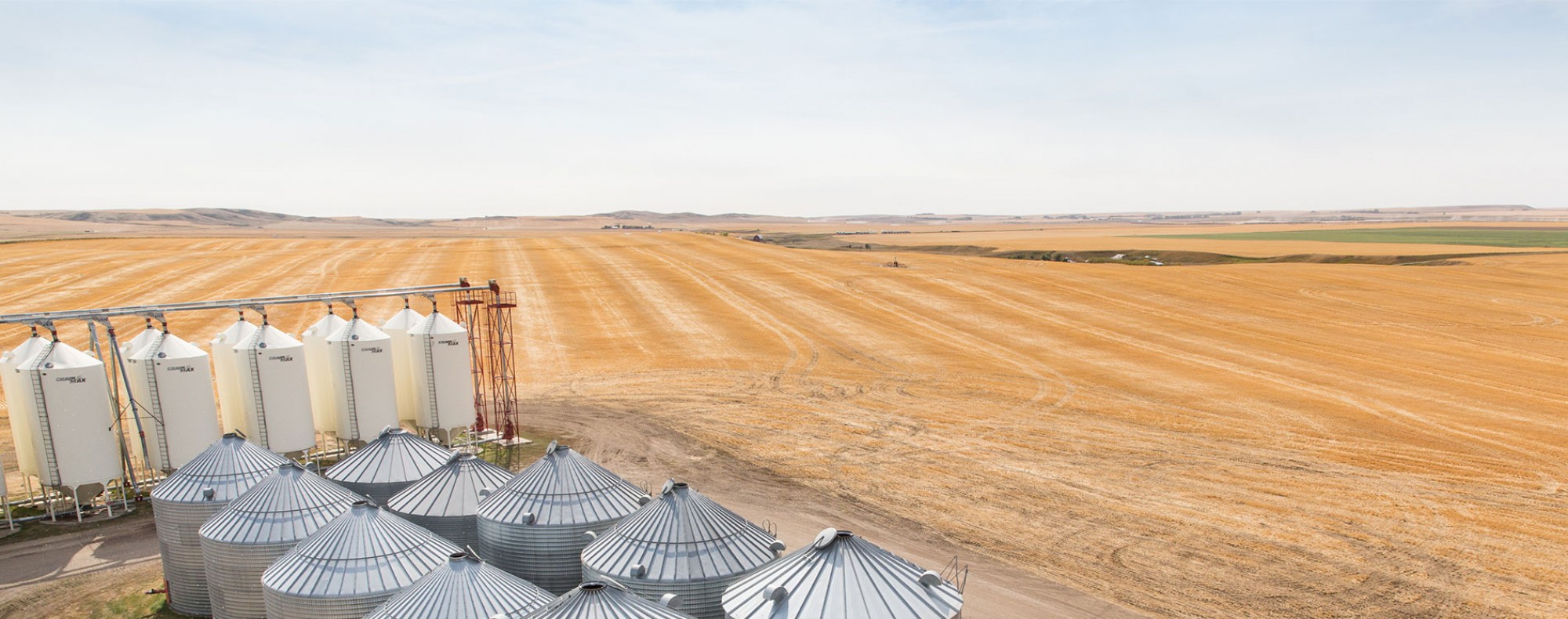Adapting wheat to arid environments: mining Canadian germplasm for reduced night-time water loss and improved water productivity
Dr. Raju Soolanayakanahally, AAFC-Saskatoon
Start Date: December 16, 2019
End Date: May 30, 2024
AWC’s funding: $10,000
Globally, between 1964 and 2007, seasonal drought episodes and heat waves resulted in ~3.0 billion metric tons of crop yield losses (Lesk et al., 2016). Wheat yield models indicate that a 1°C rise in atmospheric temperature reduces wheat yield by 10% and leading wheat belts in North America could experience warmer summers by 2050. In 2017, Canadian spring wheat yields declined by 9.2% from 52.0 bushels per acre in 2016 to 47.2 bushels per acre (StatsCan 2017). This decline in spring wheat yields was due to the very dry conditions in the prairies where precipitation during the growing season was significantly lower than the average. Henceforward, breeding stress-resilient crops is an international issue of strategic importance (Langridge 2012). Through this proposal, in collaboration with AAFC’s Canada Western Red Spring (CWRS) breeders, we propose to assess the adaptability of wheat germplasm for arid environments for the long-term sustainability of agriculture. The CWRS is a widely grown wheat class in Western Canada accounting for 60% of annual production. It has a high protein content that is highly regarded for its superior milling and baking quality.
Objectives
1. Quantify the range of night-time transpiration water loss in a collection of wheat accessions.
2. Identify stomatal strategies that allow wheat to thrive and maintain high yield under arid environments.
3. Assess the role of epicuticular waxes and individual components on water loss.
4. Identify the underlying genetic basis of contrasting wheat lines with varying night-time water losses by gene expression studies.
5. Showcase the most promising lines for improved productivity under arid environments through field days.
